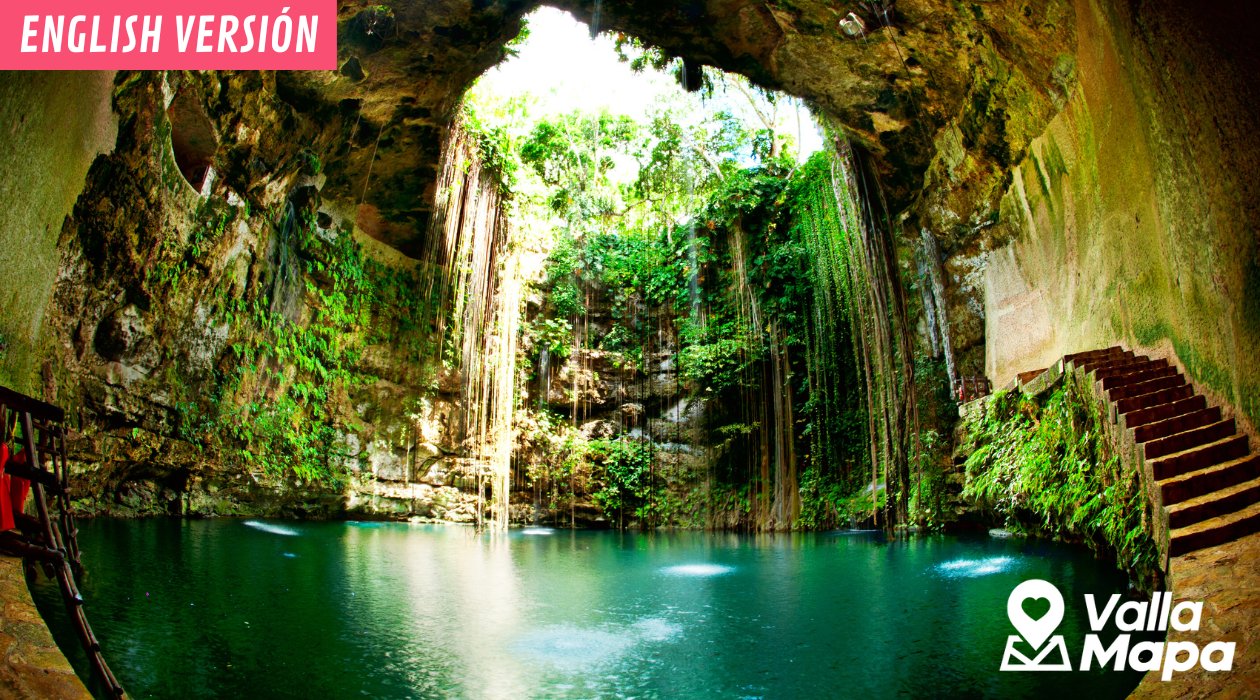The Hidden Cenotes Within the City and Their Impact on Architecture

The Hidden Cenotes Within the City and Their Impact on Architecture
Valladolid, Yucatán, is a city that harbors natural treasures hidden beneath its surface: the cenotes. These geological wonders, formed by the collapse of limestone caves, have been a fundamental part of the landscape and the lives of the region’s inhabitants since pre-Hispanic times. Beyond their ecological and touristic importance, cenotes have significantly influenced the city’s architecture.
The Presence of Cenotes in Valladolid
Several urban cenotes can be found within Valladolid, such as Cenote Zaci, located in the very heart of the city. This cenote, aside from being an impressive natural attraction, has been integrated into urban life, serving as a gathering spot and recreational area. Other lesser-known but equally fascinating cenotes are hidden on private properties or beneath built structures, which has forced architects and urban planners to adapt to these natural formations.
Influence on Traditional Architecture
Since colonial times, the presence of cenotes has influenced the layout of buildings and streets in Valladolid. Many colonial constructions were built near these water sources, as they were vital for daily water supply. Additionally, old houses often featured cisterns and water collection systems inspired by the natural structure of cenotes.
Impact on Modern Architecture
Today, contemporary architecture in Valladolid continues to adapt to the presence of cenotes. Hotels, restaurants, and cultural spaces have incorporated these natural elements into their designs, creating unique environments where nature and architecture coexist harmoniously. One example is the construction of elevated structures or the use of permeable materials that respect the dynamics of the subsoil and water filtration.
Challenges and Conservation
While cenotes offer invaluable aesthetic and environmental value, they also pose challenges for urban development. Pollution and uncontrolled city growth can threaten these ecosystems. For this reason, it is essential that new constructions adopt sustainable methods to protect water purity and soil stability.
Conclusion
Cenotes are not only tourist attractions but essential elements of Valladolid’s identity and architecture. Their presence has shaped the city’s development over the centuries and continues to be a key factor in current architectural design. Protecting them and adapting to them with intelligence and respect is a challenge that architects and urban planners must continue to embrace in order to maintain a balance between modernity and the preservation of these natural spaces.
Comments
Post a Comment